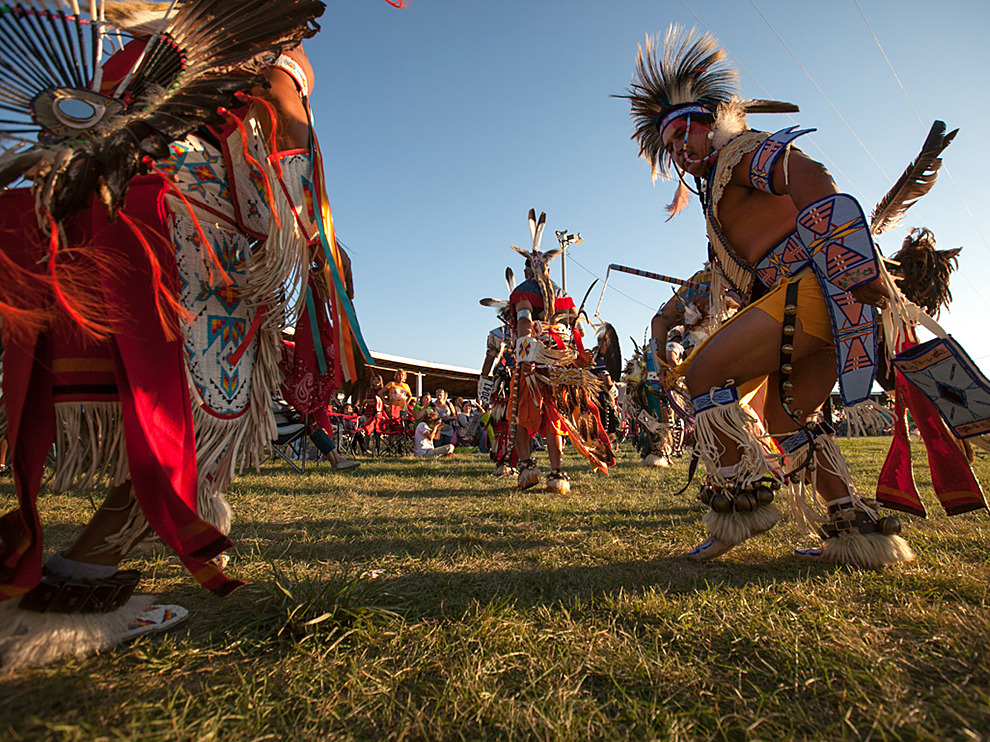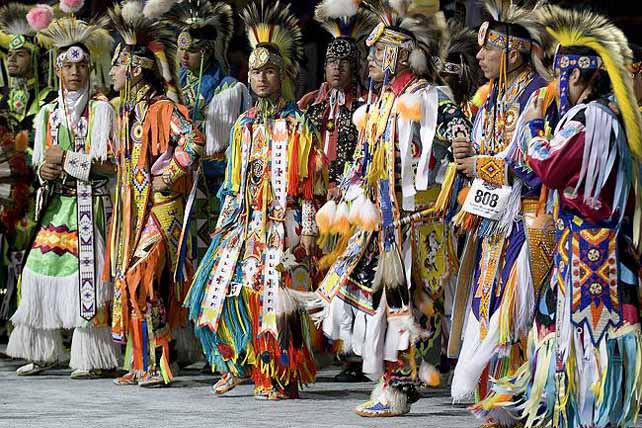
The Rhythmic Heartbeat of the Apsáalooke: Exploring the Enduring Power of Crow Traditional Dances
The resonant thrum of the drum, a sound as ancient as the Montana winds that sweep across the vast plains, signals more than just a gathering; it heralds the living pulse of the Apsáalooke Nation, the Crow People. For centuries, dance has been an indispensable conduit for their history, spirituality, identity, and resilience. Far from mere entertainment, Crow traditional dances are profound expressions of prayer, community, healing, and remembrance, carrying the weight of ancestral wisdom and the vibrant promise of future generations.
To understand the depth of Crow traditional dances, one must first grasp the integral role they play within Apsáalooke culture. The Crow, known for their prowess as horsemen and their distinctive regalia, have always woven dance into the fabric of their daily and ceremonial lives. Before European contact, dances were central to war preparations, victory celebrations, healing rituals, spiritual visions, and social cohesion. They were living narratives, performed stories that taught history, celebrated heroes, honored the Creator, and bound individuals to their collective identity.
"Our dances are not just movements; they are prayers given form, stories told without words," explains an elder from the Crow Nation, a wisdom keeper whose eyes reflect generations of knowledge. "When the drum beats, it’s the heartbeat of our ancestors, calling us home, reminding us who we are."

A Legacy Forged in Resilience: The Historical Context
The arrival of settlers and the subsequent policies of the U.S. government brought immense pressure on Native American cultures, and the Crow were no exception. The late 19th and early 20th centuries saw concerted efforts to suppress traditional practices, including sacred dances, which were often misconstrued as "pagan rituals" or threats to assimilation. The infamous "Sun Dance Ban," though not always strictly enforced on all reservations, cast a long shadow, forcing many ceremonies underground.
Despite these oppressive measures, the Crow people held fast to their traditions. Elders and cultural leaders risked imprisonment to keep the songs and steps alive, passing them down in secret, often within the confines of family or trusted community circles. This period of clandestine preservation speaks volumes about the intrinsic value of dance to their survival as a distinct people. It was during these dark times that the dances transformed from open celebration to defiant acts of cultural preservation, embodying a quiet, powerful resistance.
The Spectrum of Apsáalooke Movement: Key Traditional Dances
Crow traditional dances are diverse, each with its own purpose, meaning, and specific movements. While many have evolved into the contemporary intertribal powwow style, their roots remain deeply embedded in distinct Crow traditions.
-
The Sun Dance (Báaxuwua): Of all the Crow ceremonies, the Sun Dance is perhaps the most sacred and profound. It is a four-day spiritual ceremony of sacrifice, renewal, and prayer, often undertaken for healing, vision, or to fulfill a vow. Unlike the public spectacles of many powwow dances, the Sun Dance is a deeply private and intensely spiritual event, closed to most outsiders. Dancers often fast and make personal sacrifices, embodying a profound commitment to their spiritual journey. Its continuation is a testament to the Crow people’s unwavering spiritual core.

-
The Grass Dance (Peehkaalaxpé): This dance is one of the oldest and most significant secular dances, often performed by men. Its origins are tied to scout societies who would flatten the grass in a new camp or ceremonial ground, preparing it for other events. The regalia for Grass Dancers is distinctive, featuring long, flowing strands of yarn or ribbon that sway with every movement, mimicking the movement of grass in the wind. The dance itself is characterized by intricate footwork, rhythmic swaying, and often incorporates unique movements that tell stories or honor specific individuals. It symbolizes the clearing of paths, honoring warriors, and setting the stage for community gatherings.
-
War Dances and Victory Dances: In historical contexts, these dances were performed before battles to invoke spiritual power and after victories to celebrate triumphs and honor returning warriors. Today, while literal warfare is gone, the spirit of these dances persists in honoring veterans, celebrating achievements, and instilling pride. They are powerful, energetic displays of agility, strength, and strategic movement, often accompanied by strong, resonant drumbeats and powerful vocalizations.
-
Social and Community Dances: Beyond the ceremonial, many dances foster community bonds and social interaction.
- The Round Dance: A social dance where participants join hands in a circle, moving clockwise to the rhythm of the drum. It embodies unity, friendship, and collective joy.
- The Owl Dance: Often a courtship dance, it allows a man and woman to dance together, holding hands or with arms linked. It’s a playful and respectful way for individuals to connect.
- Hand Game Dances: The traditional Crow Hand Game, a guessing game played with bones or sticks, is often accompanied by specific songs and dances that add to the intensity and excitement of the competition.
The Symphony of Elements: Drum, Song, and Regalia
Crow traditional dances are a holistic experience, a symphony of interconnected elements that elevate them beyond mere physical activity.
The Drum: Often referred to as the "heartbeat of the Nation," the drum is the central element of any dance. The collective rhythm produced by the drummers and singers creates an almost trance-like state, connecting dancers to the earth, to each other, and to the spiritual realm. Each drum group has its own unique style, often incorporating specific Crow linguistic elements into their songs, adding another layer of cultural authenticity. "The drum is our first teacher," says a young Crow dancer. "It tells us how to move, how to feel, how to remember."
The Songs: Crow songs are rich with history, prayers, and personal narratives. Passed down through generations, many are ancient, while new ones are composed to commemorate events or honor individuals. The lyrics, often in the Apsáalooke language, speak of the land, ancestors, animals, and the spiritual world. Even without understanding the words, the emotional power and melodic complexity of Crow songs are palpable, carrying the weight of centuries of experience.
The Regalia: Perhaps the most visually striking element of Crow dance is the elaborate regalia worn by the dancers. Far from being mere costumes, each piece is a work of art, infused with meaning and personal significance. Eagle feathers, a symbol of honor and spiritual connection, are often prominent in bustles and headdresses. Intricate beadwork, often in vibrant geometric patterns, adorns moccasins, vests, and accessories, each bead a testament to hours of meticulous labor and prayer. Quills, shells, animal hides, and bells contribute to the visual and auditory spectacle, creating a dynamic interplay of color, texture, and sound.
"My regalia tells my family’s story, my journey," explains a Fancy Feather Dancer, adjusting his elaborate bustle. "Every feather, every bead, it carries prayers. When I dance, I’m not just wearing it; I’m embodying it, honoring those who came before me." The creation of regalia is often a multi-generational effort, with elders teaching younger family members the intricate skills of beadwork, quillwork, and feather preparation, ensuring the continuity of these sacred arts.
The Modern Powwow: A Bridge to the Future
Today, while the most sacred ceremonies like the Sun Dance remain private, many Crow traditional dances find their expression in the intertribal powwow circuit. The Crow Fair, held annually in Crow Agency, Montana, is one of the largest and most prestigious Native American gatherings in the world, often dubbed "The Teepee Capital of the World." Here, thousands gather to celebrate Apsáalooke culture, with dance competitions forming the vibrant core of the event.
The powwow acts as a crucial cultural space. It allows Crow people to assert their identity, connect with other tribal nations, and showcase the beauty and dynamism of their traditions. For younger generations, powwows are vital learning grounds, where they absorb the rhythms, steps, and protocols from elders and experienced dancers. They are also powerful expressions of self-determination, defying historical attempts at cultural erasure.
However, the transition to the public powwow stage also presents challenges. There’s a delicate balance between sharing culture and protecting its sacred elements. Cultural appropriation and misinterpretation by outsiders remain concerns. Yet, Crow dancers and cultural leaders are adept at navigating this balance, using the powwow as a platform to educate and inspire, while carefully guarding the deeper spiritual meanings of their most sacred practices.
Challenges and the Enduring Spirit
Despite the vibrant resurgence, challenges persist. The erosion of the Apsáalooke language, the allure of mainstream culture for youth, and the ongoing struggle for self-determination all impact the continuity of traditional practices. However, the Crow Nation is actively addressing these issues through language immersion programs, cultural camps, and mentorship initiatives that specifically focus on teaching dance, song, and regalia making.
The future of Crow traditional dances looks bright, carried forward by a generation of young people who are fiercely proud of their heritage. They see dance not as an antiquated relic, but as a dynamic, living force that grounds them in their identity and connects them to something larger than themselves. They embrace the responsibility of being culture bearers, ensuring that the rhythmic heartbeat of the Apsáalooke continues to reverberate across the plains for centuries to come.
In the end, Crow traditional dances are more than just movements set to music; they are the embodiment of a people’s enduring spirit. They are a testament to survival, a celebration of identity, and a profound declaration of faith in the future. As the drum continues to beat, deep and resonant, it carries the story of the Apsáalooke – a story of resilience, beauty, and an unbreakable connection to the sacred traditions that define them.


